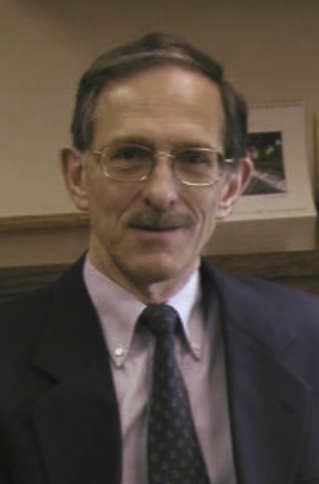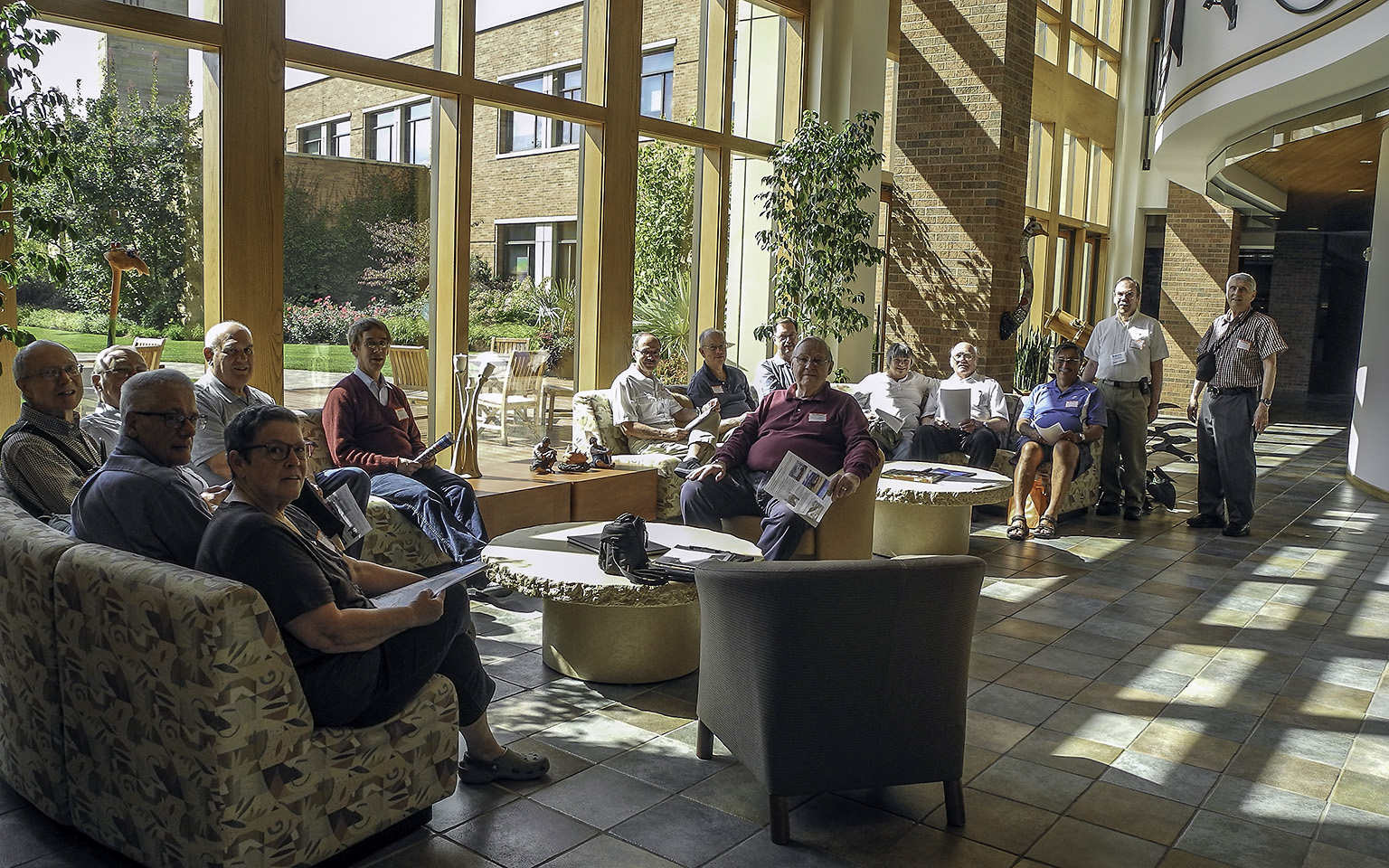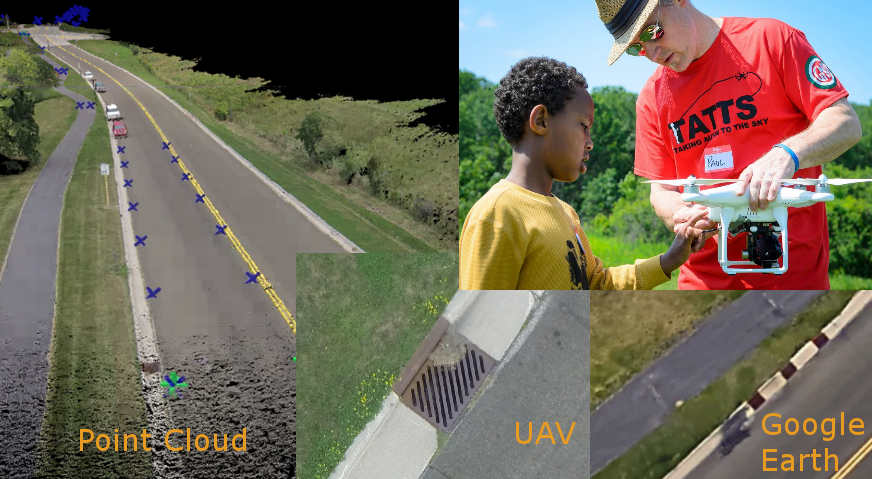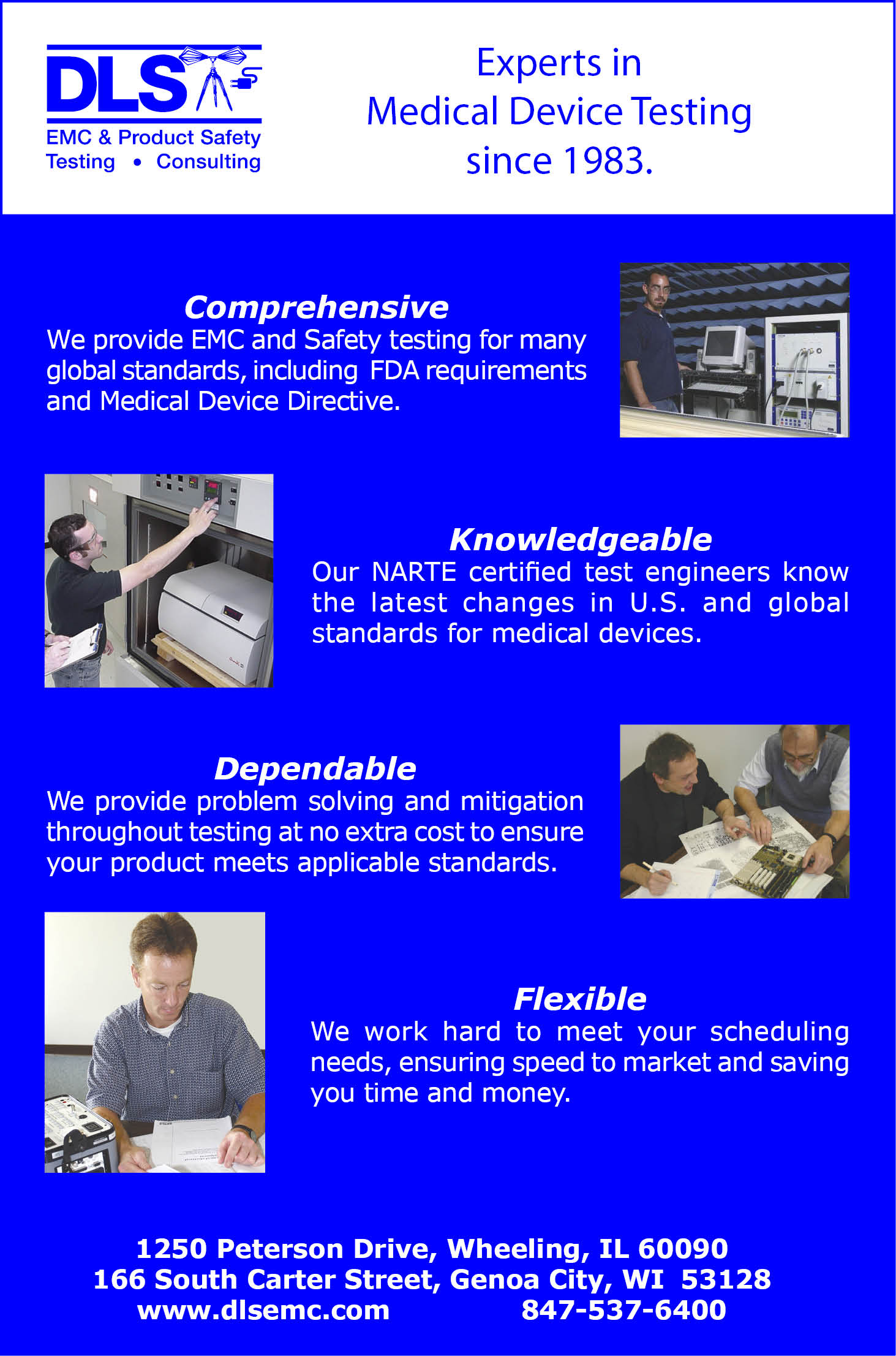

|
Madison Section NewsletterNewsletters are archived online at http://ieee-msn.truenym.net/news.html. |
| Vol. 18, No. 10 | Serving IEEE Members of South Central Wisconsin | November 2015 |


Talk: Osteoporosis is a major public health problem in the elderly, manifested by the presence of low bone mineral density, lessened skeletal integrity and an increased risk of fractures. Loss of skeletal integrity is multifactorial. These factors include human genetics, diet, exercise, bed rest, weightlessness, cellular sensation of internal and external environmental forces, disease, and the aging process. The skeleton has two major functions in the body: it provides structural support and serves as a mineral reservoir. The strength of the structural support is dependent on a homeostatic balance of the systemic and local bone modulators, mechanical loading and nutrition. Changes in any one of these components, common in the elderly, can influence the modulation of systemic and local factors in bone turnover or cause a modulation in the sensitivity (set point) of bone to mechanical loading. The road to discovery in our research is to investigate ex vivo bone core response to induced mechanical loads and known biochemical modulators of bone turnover. We have developed the Perfusion Loading System to apply consistent, measurable loads to trabecular bone cores. The techniques for bone core collection have been standardized for orientation, size +/- 2um, and for sterility. The perfusion media flow rate, and flow pattern have been shown to be adequate to maintain cell viability for at least 31 days. In studies up to 60 days in length we have observed active osteoblasts, osteoid, and multiple osteoclasts in Howships lacunae. In preliminary studies, we have shown similar bone mineralization patterns in human cores through 35 days and bovine cores at 4 days, and have chosen to use bovine bone samples because healthy tissue is more readily available. Further we have seen evidence to suggest that PGE2 levels transiently increase in response to loading and that the magnitude of the response increases with days loaded.
Bio: Dr. Smith is an Associate Professor Emeritus at the UW-Madison Department of Preventative Medicine. He has been a Fellow, American College of Sports Medicine since 1978, was elected Associate Fellow, American Academy of Physical Educators in 1986. In 1985, he was given an award from the Association of American Publishers, Professional and Scholarly Publishing Division, for the 1985 Best Single Issue, for Topics in Geriatric Rehabilitation as issue editor. He was a member of the FICSIT trial Monitoring Board from 1991-1993. In addition, he is or was on the Editorial Board of Topics in Geriatric Rehabilitation, Calcified Tissue International, and Journal of Aging and Physical Activity. He has been a referee for Medicine and Science in Sports and Exercise, Journal of Bone Mineral Research, Bone, Osteoporosis International, Journal of Applied Physiology, Journal of Gerontology, Physician and Sports medicine. His activities include President, National Institute of Biogerontology 1980-2007 and Director Biogerontology Laboratory University of Wisconsin 1975-present. In addition to his extensive research, Dr. Smith is President/CEO of Regin B&C Bioengineering from 2008-present. IEEE
Madison Life Member Affinity Group Tours Epic Systems: On
September 26, the Life Members Affinity Group, Madison
Section members and guests toured Epic Systems in Verona,
Wisconsin. Before the tour, everyone socialized in the
reception area of the Andromeda building. Chuck Kime
presented an introduction including facts about Epic, tour
guidelines and particularly interesting features of the
upcoming tour. There were brief comments on the election of
Life Member Affinity Group officers for 2016 (See
"Elections" below for more details).
Chuck Cowie led
the one and-a-half tour through the Central Park campus,
consisting of four buildings connected by tunnels and
skyways, and the outdoor Central Park. The tour featured the
themes of each of the buildings and the park including
architecture, art and unusual fun features, such as a slide
and swings, supporting the themes. The tour route was
planned to include views to the outside of much of the rest
of the Epic Campus including a two megawatt solar PV array
and construction of two additional new themed campuses plus
a large new cafeteria.


 The Institute of Electrical and
Electronics Engineers or IEEE (read Eye-Triple-E) is an international
non-profit, professional organization dedicated to advancing
technology innovation and excellence for the betterment of humanity.
IEEE and its members inspire a global community through IEEE's highly
cited publications, conferences, technology standards, and
professional and educational activities. It has the most members of
any technical professional organization in the world, with more than
300,000 members in around 150 countries. The IEEE consists of 38
societies, organized around specialized technical fields, with more
than 300 local organizations that hold regular meetings. Discover what
IEEE Member Discounts can offer you. The Member Discounts portfolio
consists of insurance products and programs for the home, office and
travel, all at excellent group rates and reduced pricing. Visit IEEE
Member Discounts to see what’s available in your location and enjoy
the savings. For more information, please visit: IEEE.ORG.
The Institute of Electrical and
Electronics Engineers or IEEE (read Eye-Triple-E) is an international
non-profit, professional organization dedicated to advancing
technology innovation and excellence for the betterment of humanity.
IEEE and its members inspire a global community through IEEE's highly
cited publications, conferences, technology standards, and
professional and educational activities. It has the most members of
any technical professional organization in the world, with more than
300,000 members in around 150 countries. The IEEE consists of 38
societies, organized around specialized technical fields, with more
than 300 local organizations that hold regular meetings. Discover what
IEEE Member Discounts can offer you. The Member Discounts portfolio
consists of insurance products and programs for the home, office and
travel, all at excellent group rates and reduced pricing. Visit IEEE
Member Discounts to see what’s available in your location and enjoy
the savings. For more information, please visit: IEEE.ORG.
